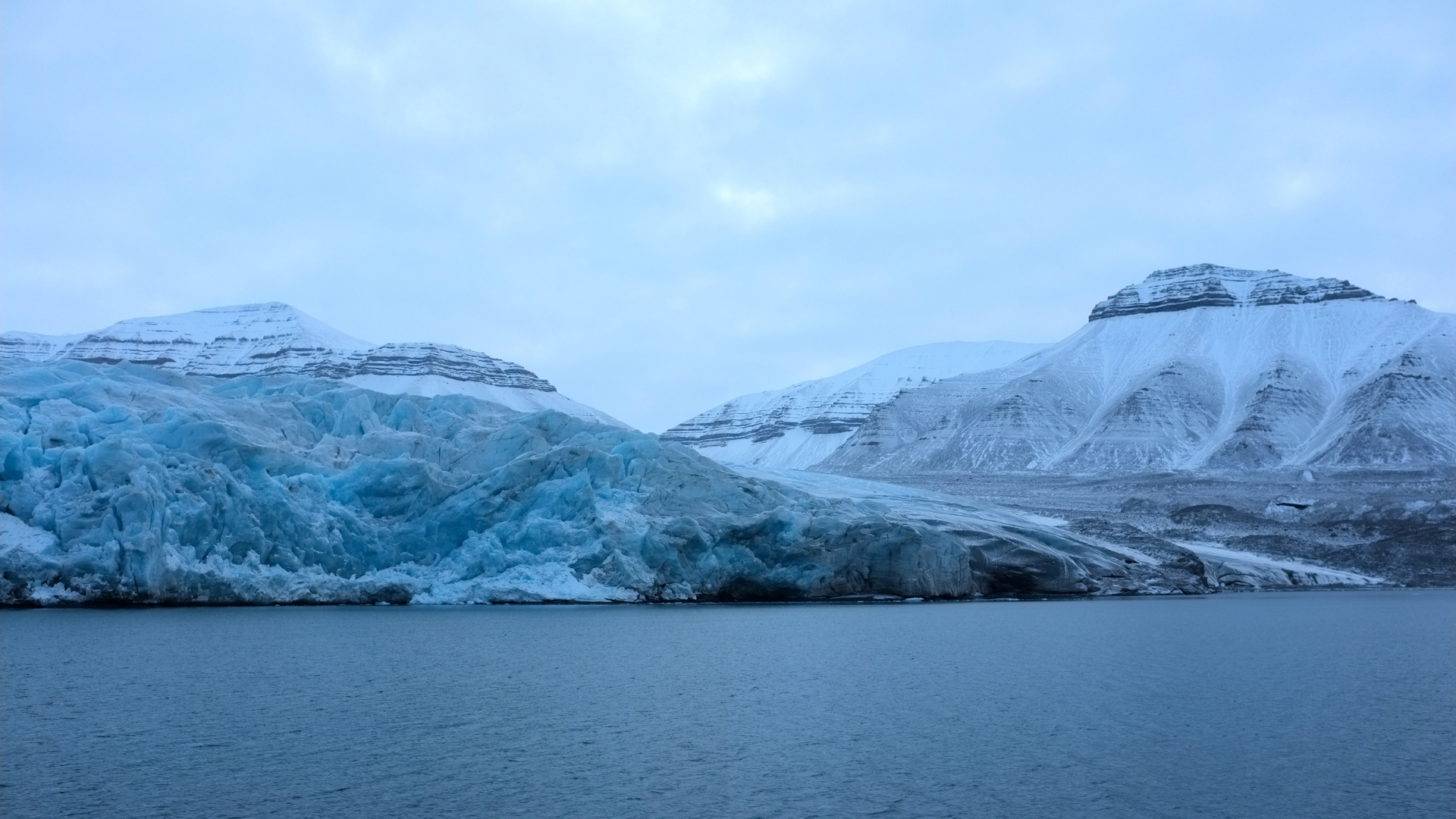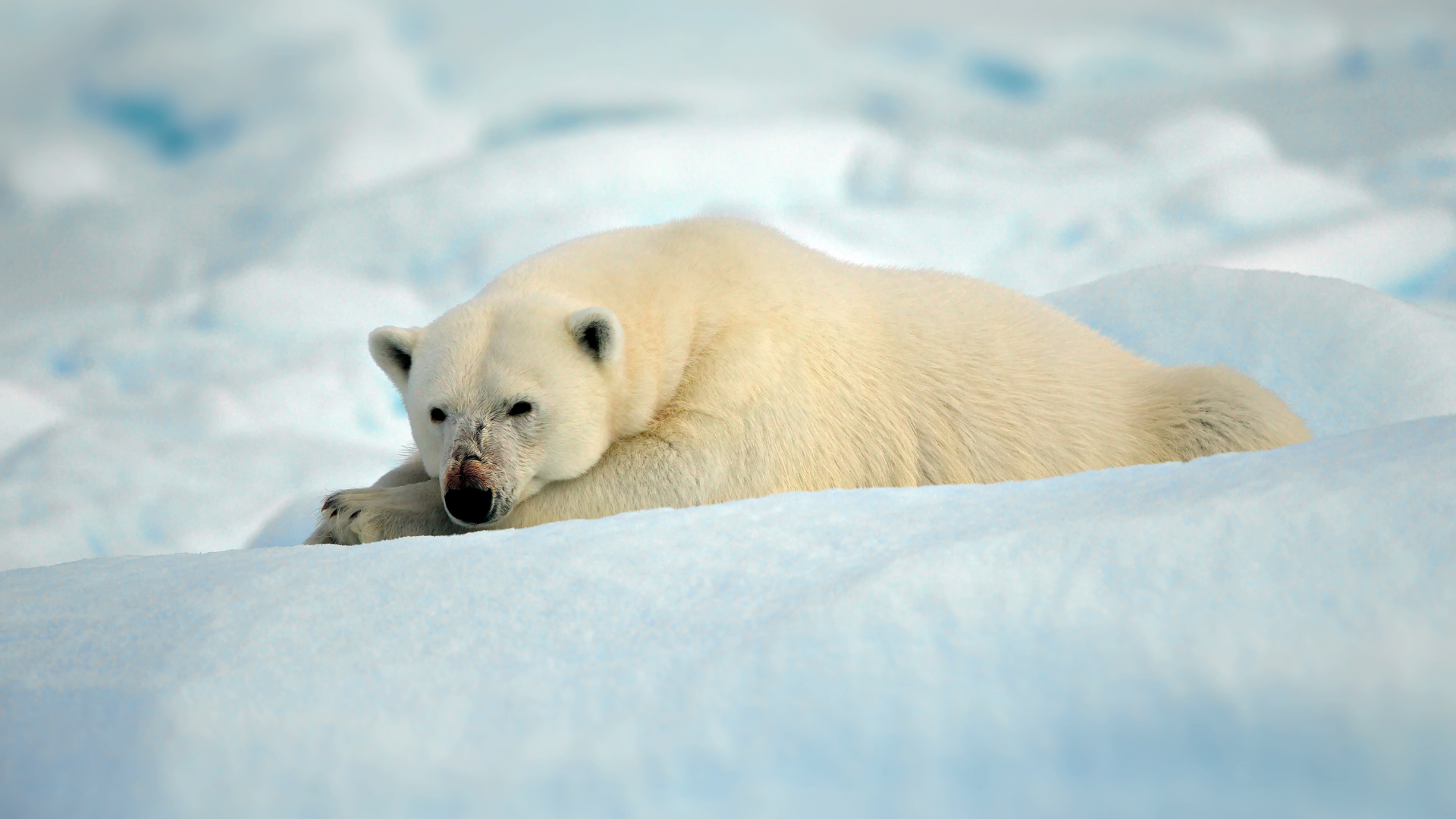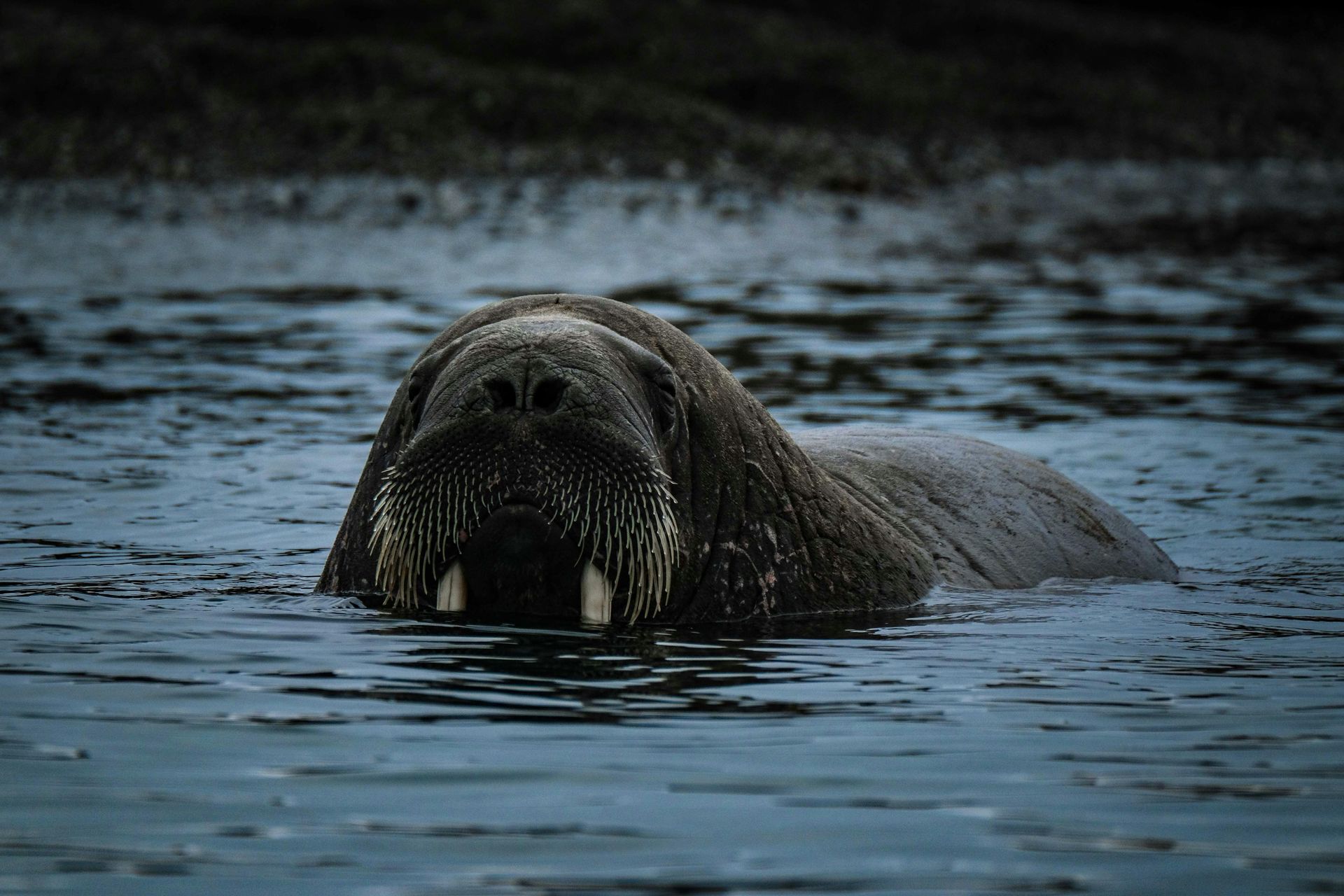Arctic Wildlife Wonderland: Animal Types in Svalbard
Arctic Wildlife Wonderland: Animal Types in Svalbard

Svalbard, the remote archipelago in the Arctic Ocean, is home to a diverse array of wildlife that thrives in its harsh and stunning environment. The unique conditions of Svalbard provide a sanctuary for numerous animal species, from mighty polar bears to delicate seabirds. This rich biodiversity makes Svalbard a fascinating destination for wildlife enthusiasts and researchers alike, offering unparalleled opportunities to observe Arctic animals in their natural habitats.
The polar bear, often referred to as the king of the Arctic, is undoubtedly the most iconic animal in Svalbard. These majestic predators are a symbol of the region and are frequently spotted along the ice edges and coastal areas. With a population estimated to be around 3,000 individuals, polar bears are a major attraction for visitors. Observing these powerful animals in their natural environment, hunting seals or caring for their cubs, is an awe-inspiring experience that highlights the raw beauty of the Arctic wilderness.
Reindeer are another common sight in Svalbard. The Svalbard reindeer is a unique subspecies, smaller and more robust than its mainland counterparts, adapted to survive in the extreme Arctic conditions. These reindeer are often seen grazing on the sparse vegetation during the summer months and foraging for food beneath the snow in winter. Their presence adds to the serene and picturesque landscapes of Svalbard, providing ample opportunities for wildlife photography and observation.
The Arctic fox is a small but fascinating inhabitant of Svalbard. These adaptable creatures are known for their thick fur, which changes color with the seasons—white in the winter to blend with the snow and brown in the summer to match the tundra. Arctic foxes are often seen near bird colonies, where they scavenge for eggs and chicks, or following polar bears to feed on leftover carcasses. Their resourcefulness and agility make them a captivating subject for wildlife watchers.
Walruses are another prominent feature of Svalbard's wildlife. These large marine mammals are known for their distinctive tusks and whiskered faces. Walruses can be found lounging on ice floes or along the shores, often in large, noisy groups. They use their tusks to haul themselves onto the ice and to dig for clams on the ocean floor. Observing a group of walruses interacting and socializing is a unique experience that offers insight into their complex social structures and behaviors.
Seals are also abundant in the waters surrounding Svalbard. The most common species are the bearded seal, the ringed seal, and the harp seal. These seals are crucial prey for polar bears and are often seen resting on the ice or swimming in the frigid waters. Each species has adapted to the Arctic environment in different ways, with unique behaviors and characteristics that make them fascinating to observe.
Birdlife in Svalbard is incredibly diverse, with numerous seabird colonies dotting the cliffs and coastlines. Species such as the little auk, the Brünnich's guillemot, and the black-legged kittiwake are common, creating bustling colonies during the breeding season. The Arctic tern, known for its long migratory journey, also nests in Svalbard. Birdwatchers will be delighted by the variety of species and the sheer number of birds that can be observed during the summer months.
The Svalbard ptarmigan is a unique bird species endemic to the archipelago. Unlike most other birds in the region, the Svalbard ptarmigan remains in the area year-round, adapting to the extreme cold by changing its plumage from brown in summer to white in winter. This bird is an excellent example of adaptation to the harsh Arctic environment and can often be seen foraging on the tundra.
Marine life in Svalbard is equally impressive, with several whale species frequenting the waters around the archipelago. Blue whales, fin whales, and humpback whales are commonly sighted during the summer months, as they migrate to the nutrient-rich waters to feed. Whale watching tours provide a thrilling opportunity to see these magnificent creatures up close, as they breach and dive in the icy waters. The presence of these giants of the ocean underscores the rich biodiversity and ecological significance of Svalbard's marine environment.
Svalbard's wildlife is a testament to the resilience and adaptability of life in the Arctic. From the iconic polar bear to the myriad seabirds, each species plays a vital role in the ecosystem and contributes to the unique charm of this remote archipelago. For wildlife enthusiasts, a visit to Svalbard offers a rare chance to observe and appreciate the beauty and complexity of Arctic animals in their natural habitats.











